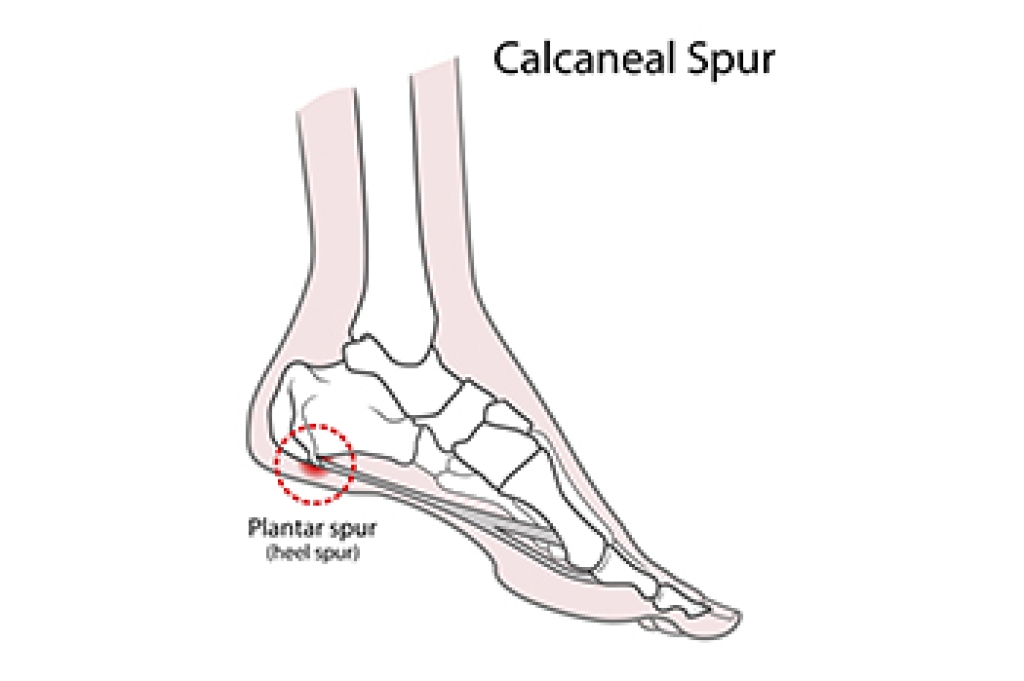
Heel spurs are bony growths that develop on the underside of the heel bone. They can sometimes cause pain, especially when linked with plantar fasciitis. The plantar fascia is a band of tissue running from the heel to the toes, and when it becomes inflamed, it adds stress in the heel area. Exercises can play an important role in easing the discomfort caused by heel spurs in several ways. They help to improve flexibility, reduce strain on the fascia, and strengthen supporting muscles. Gentle calf stretches, foot flexes, and toe towel grabs help loosen tight tissues. Other exercises, like rolling a ball under the foot, can reduce tension along the arch. Strengthening and stretching routines performed regularly can improve mobility and reduce recurring discomfort. A chiropodist can evaluate the source of your heel pain, design an appropriate exercise plan, and recommend footwear or orthotic supports to reduce strain. If you are experiencing heel pain, it is suggested that you schedule an appointment with a chiropodist for appropriate treatment solutions.
Heel spurs are bony outgrowths from calcium deposits. They occur at the back of the heel bone or underneath the heel bone and usually form in response to chronic irritation of the Achilles tendon or plantar fascia. They are often asymptomatic, but if you are suffering from heel pain, please consult with Emily Yu, B.Sc from Uptown Foot Care Clinic. Our specialist can help you maintain the health of your lower limbs and your mobility.
Symptoms of Heel Spurs
- Tenderness
- Heel pain
- Pain when walking
- No symptoms
Diagnosis
Since heel spurs are often asymptomatic, they are usually only diagnosed when they are found on the heels incidentally during an X-ray taken for another reason. Nevertheless, if you have heel pain, and particularly if you have plantar fasciitis or Achilles tendonitis, it may be worth it to see if you have heel spurs too.
Treatment
Unless they are causing symptoms, heel spurs typically don’t require any treatment. When they are symptomatic, treatments are typically conservative. They may include resting and icing the affected foot, taking anti-inflammatory medications, and wearing orthotics or supportive footwear, especially while exercising.
If you have any questions, please feel free to contact our office located in . We offer the newest diagnostic and treatment technologies for all your foot care needs.




